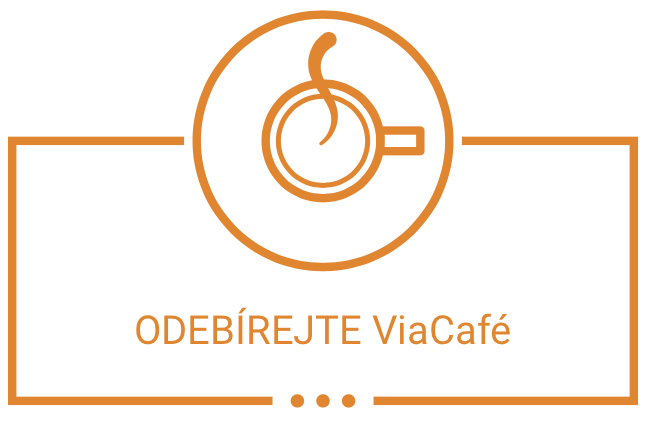Via Foundation’s Living Communities program staff visited six supported projects in South Bohemia during a two-day trip. Via staff found that all of the community project teams have far-reaching plans, yet realize that community work requires a huge amount of patience.
A group of enthusiast residents are creating a community space out of an old village commons in Hradište in the city of Písek. Jarda Chroňák is heading up the community effort. He has gradually built a team of twenty engaged citizens. During June, they constructed raised planting beds, repaired a well and built a campfire circle and a seating area. In the autumn, they will plant trees with edible fruits and hold a gathering with senior citizens. “At first I just wanted a planting bed to grow vegetables, then I began getting involved in developing the garden design. Now I want to grow vegetables and meet other people in the process,” said Jiřka, a member of the project team, about why she is helping out.
The project team would eventually like to create a small community center at the site. The city purchased the property, demolished a former farm building and is in favor of the team’s vision. The team hopes to get funding for playground equipment through the city’s participatory budgeting process, where citizens can vote on where to allocate funding. We’re keeping our fingers crossed!
When the Kubát family moved to Sedlc, they were asked to join the local volunteer fire brigade but the family is more interested in organizing different events – so they founded a civic association called Vibrant Sedlc (“Sedlc žije”). They started with a community nativity scene and rebuilding broken wayside crosses and gradually began focusing on planting rows of trees along roads. For each planting, they first seek out a suitable location in the landscape. Mrs. Kubátová adds: “I studied ecology at university, my dad planted trees and so it seems like a natural thing to do.” They would like to engage all of their fellow residents, which in this village of 600 is not an unrealistic goal!
A community garden sprouted in the center of the city of Česke Budějovice four years ago. Since there are no parks nearby that mothers with young children can use, this site, which is located at a school, is highly appreciated. Hanka, one of the project leaders, believes the garden’s biggest benefit is that it gives local residents a place to get to know one another.
In the town of Strakonice, 3 women on maternity leave got together and began holding textile workshops to make puppets and sew bags for no-packaging shopping. They will hold a large clothing swap in the autumn with sewing workshops and presentations about sustainable fashion. Štěpánka, one of the project initiators, says: “I don’t want to just stay at home, and this is a meaningful thing to do,” and her fellow project leader Míša adds: “We need to have reasons to live here and make it a great place to be.” Míša also has big plans to transform part of a former factory into a community center – we’re keeping our fingers crossed for her, too.
Last year, the civic association Vild’s Mill (Vildův mlýn) purchased an old, partially rundown mill from the town of Jistebnice. The mill is a fine example of the region’s traditional architecture. The civic association aims to preserve the mill, open an information center in it and hold exhibitions and various cultural events there. Most of their energy right now is directed at fixing the roof, which is in very poor condition. The association members radiate positive energy and are certain that they will succeed!
Just a few kilometers from Jistebnice lies the tiny village of Stružinec. The civic association Naplaveno uses culture to connect people who live in and around the village. Last year, the association held an event called “Experience Jistebnice differently”, which was very popular. They also had a very successful Carnival event early in the year and are now creating costume masks for next year’s Carnival. They have a renovated barn where they hold various community events, theatre performances and workshops for children.
We love being able to see projects for ourselves, talking to them about what they do in their own environment and providing consultations. We find it valuable to hear what community project team members need and what challenges they face. We are pleased to see that these six projects are doing well, forging new relationships within their communities.
[/tatsu_text][/tatsu_column][/tatsu_row][/tatsu_section]








